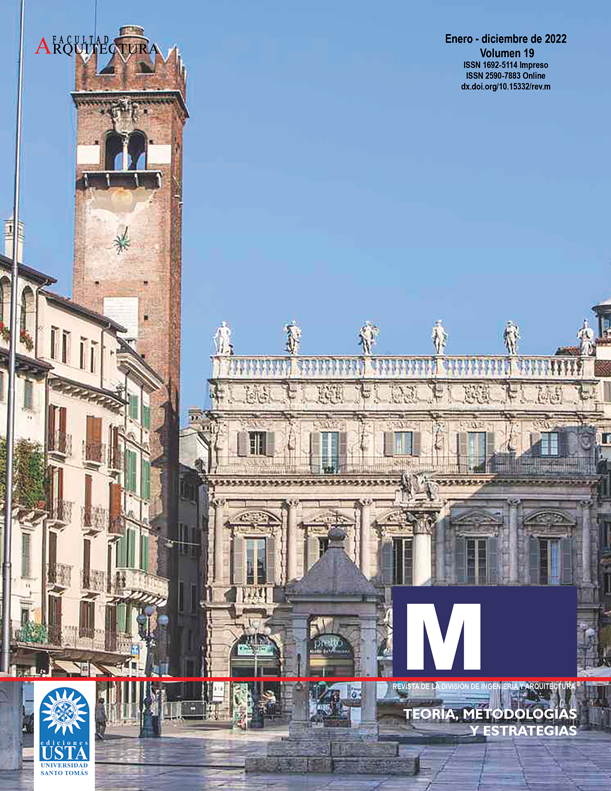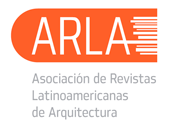Inventario del patrimonio arquitectónico, Bucaramanga, Santander, Colombia
Resumen
El Centro Histórico de la ciudad de Bucaramanga, Santander, Colombia se ha configurado en un contexto cargado de objetos y de hitos referenciales con reminiscencias coloniales, neoclásicas y moderna que constituyen en conjunto datos espaciales representativos de nuestra cultura. Encontramos edificaciones que han sido declaradas Bienes de Interés Cultural (BIC) del Grupo Arquitectónico tanto en el ámbito nacional, departamental y municipal, y que forman parte del listado del municipio. Identificar e inventariar los Bienes de Interés Cultural nos acerca a la reflexión y a la apropiación de la cultura local en la generación de conciencia, participación, compromiso e identidad como una forma de recuperar la memoria de la ciudad. En la investigación se utilizó la metodología documental a partir de la revisión de fuentes documentales, bibliográficas y hemerográficas, por otro lado, se planteó un trabajo de campo que no fue viable debido a la pandemia del COVID-19. La información recopilada y analizada se utilizó para crear un inventario de Bienes de Interés Cultural, cumpliendo con los estándares establecidos por el Ministerio de Cultura de Colombia (MinCultura), lo que contribuirá a la preservación y promoción del patrimonio cultural de Bucaramanga y su identidad histórica y cultural.
Referencias
Giedelmann Reyes, M., & Rueda Pimiento, Óscar. (2013). Discursos patrimoniales que orientan la gestión del patrimonio cultural en los planes de desarrollo del departamento de Santander-Colombia (2008-15). Memoria Y Sociedad, 17(35),107-123. Recuperado a partir de https://revistas.javeriana.edu.co/index.php/memoysociedad/article/view/8331
Pabón Castro, Nahir. (2010). Estado del patrimonio cultural inmueble en el departamento de Santander. Revista M, Universidad Santo Tomás, Revista de la Revisión de Ingenierías y Arquitectura. Recuperado a partir de http://revistas.ustabuca.edu.co/index.php/REVISTAM/article/view/1009/0.
Plan de Desarrollo de Bucaramanga 2016 - 2019 Primer documento Gobierno de los Ciudadanos y ciudadanas. Alcaldía de Bucaramanga. Recuperado a partir de http://versionantigua.bucaramanga.gov.co/documents/dependencias/PLAN_COMPLETO_2016-2019.pdf.
Rivas, M. (2006). El museo de arquitectura de la ciudad” Caso estudio: La parroquia “El Sagrario”, Municipio Libertador, Estado Mérida (tesis de Maestría). Mérida: Universidad de Los Andes.
POT de Bucaramanga, Acuerdo 0011 de 2014. (2012-2027). Recuperado de: https://www.bucaramanga.gov.co/wp-content/uploads/2021/08/POT-2014-2027.pdf
Rueda Gómez, N.J y Álvarez Fuentes, J. (2001), Historia urbana de Bucaramanga 1900-1930, Bucaramanga, Editorial SIC Universidad Industrial de Santander.
Waterton, E, & Watson, S. (2015). The Palgrave Handbook of Contemporary Heritage Research. UK: Palgrave. Mcmillan.
Gavassa, Q. (s. f.-b). Parque García Rovira, Bucaramanga [Fotografía]. https://n9.cl/e764h9







